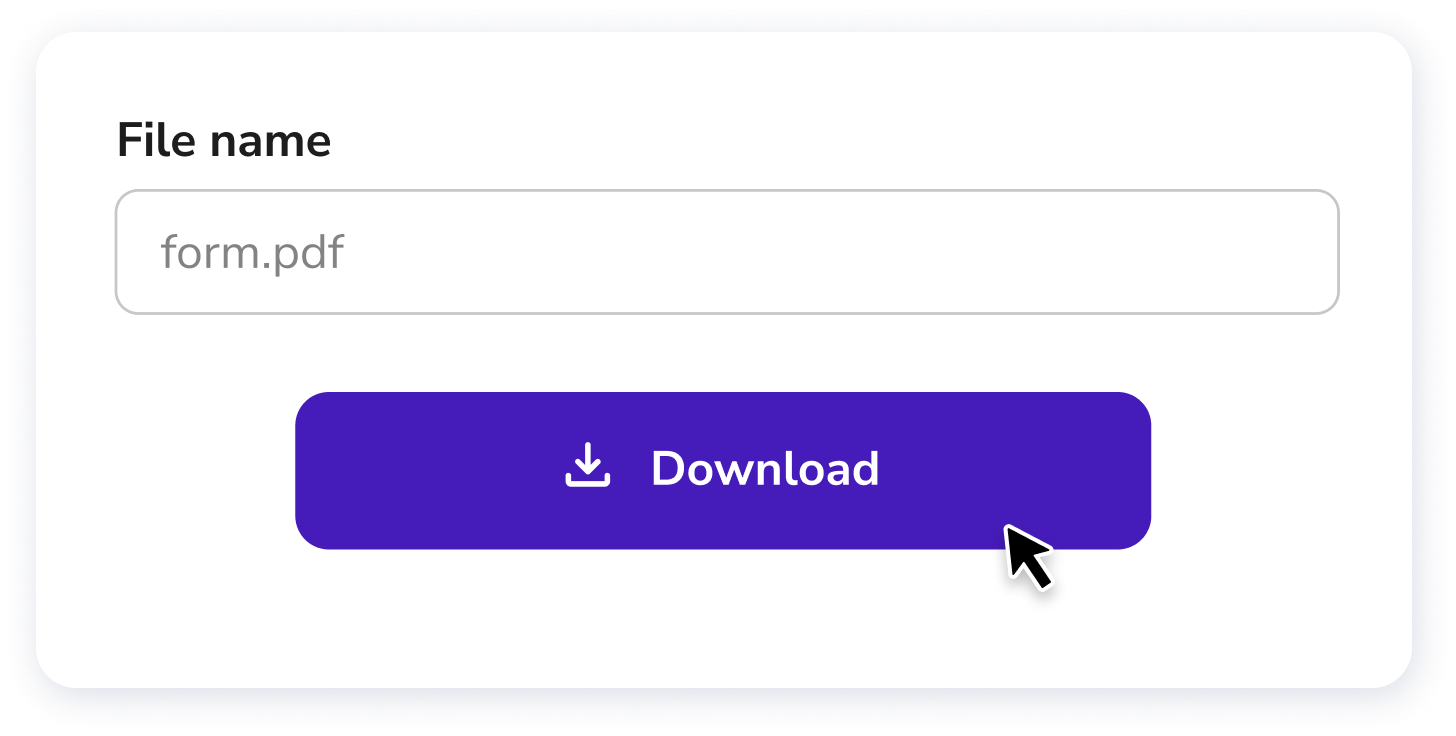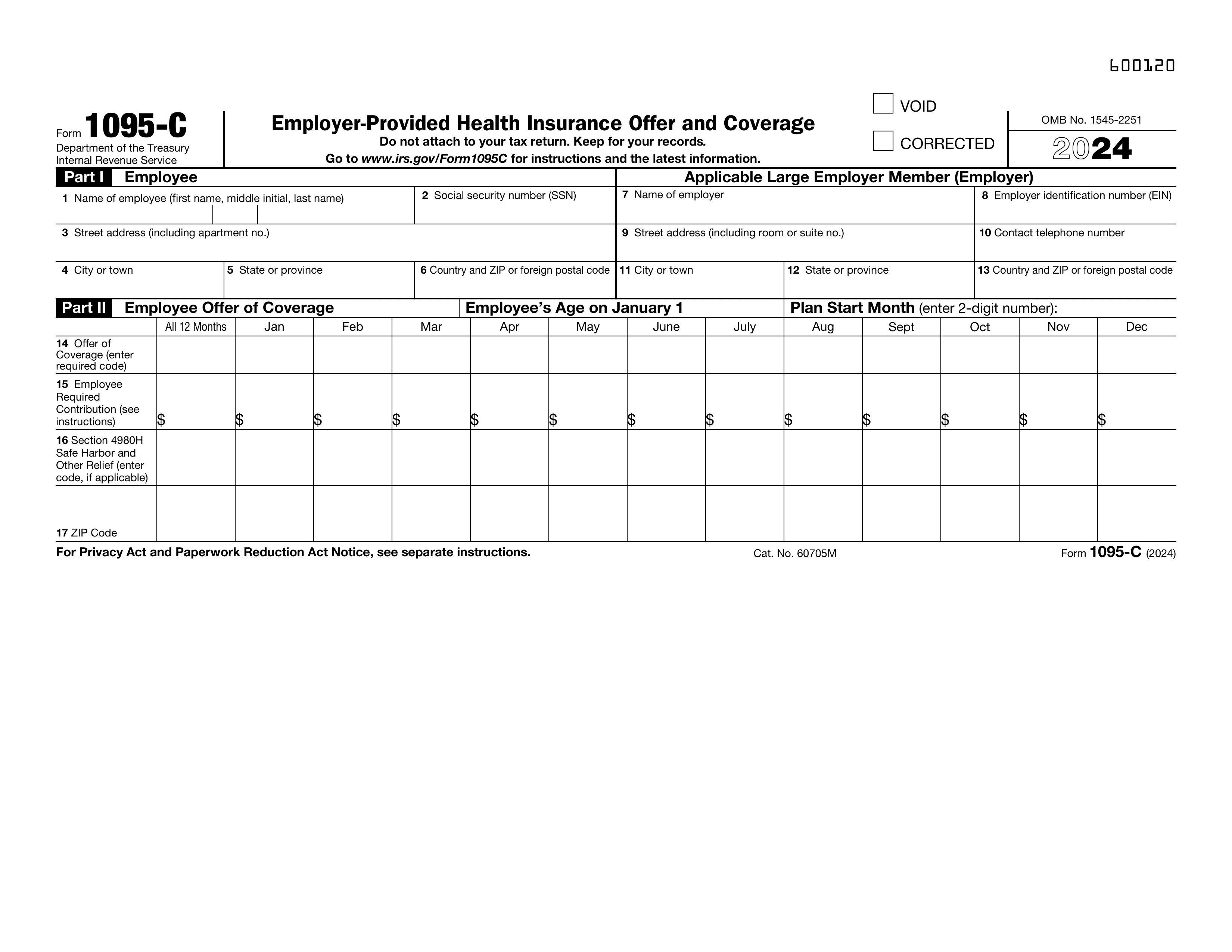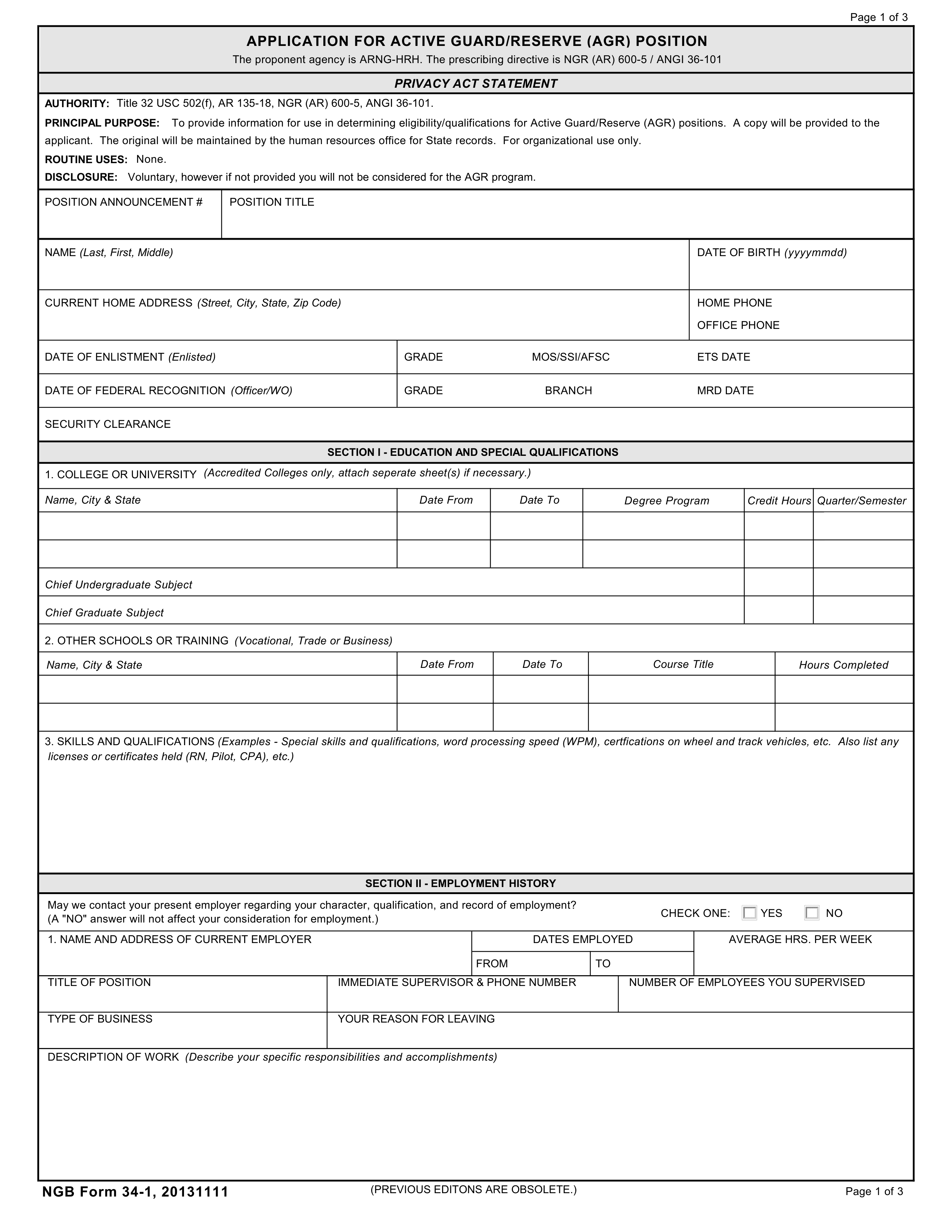What is a K-1 Tax Form?
The K-1 Tax Form is important for reporting income, deductions, and credits from partnerships, S corporations, estates, or trusts. It tells individual partners or shareholders how much money to report on their personal tax returns. Understanding your K-1 is crucial because it affects your overall tax bill and ensures you comply with IRS regulations. If you receive a K-1, make sure to review it carefully and include the information when filing your taxes to avoid issues with the IRS.
What is the K-1 Tax Form used for?
The K-1 Tax Form is used to report income, deductions, and credits from partnerships and S corporations:
- to inform partners or shareholders of their share of income.
- to help individuals report their tax responsibilities.
- to provide necessary details for accurate tax filing.
How to fill out the K-1 Tax Form?
- 1
Review the instructions for Form K-1 carefully to understand what information is needed.
- 2
Enter your partnership or S corporation name and employer identification number (EIN).
- 3
Fill in your personal information, including your name, address, and Social Security number.
- 4
Report your share of income, deductions, and credits in the respective boxes.
- 5
Double-check all entries for accuracy.
- 6
Save your work and prepare for submission based on IRS guidelines.
Who is required to fill out Tax Form K-1?
Partners in partnerships and shareholders in S corporations complete Form K-1 for tax reporting.
Taxpayers use the information on the form to report income on their individual tax returns.
When is the K-1 Tax Form not required?
You don’t need a K-1 Tax Form if you do not have income from partnerships, S corporations, estates, or trusts. Individuals who only receive wages or salaries from employment won’t receive this form.
If you are a member of a limited liability company (LLC) that is taxed as a sole proprietorship, you also won’t receive a K-1. Understanding these cases helps clarify your tax situation and avoid unnecessary paperwork.
When is K-1 Tax Form due?
The deadline for Form K-1 is March 15 for partnerships and S corporations. This form reports income, deductions, and credits from these entities to their partners or shareholders.
If you receive a K-1, make sure to include the information on your personal tax return. It’s important to file accurately and on time to avoid penalties.
How to get a blank K-1 Tax Form?
To get a blank K-1 Tax Form, issued by IRS, simply visit our platform. The form is pre-loaded in our editor, ready for you to fill out. Once completed, you can download the filled form for your records.
Do you need to sign Form K-1?
No, you do not need to sign Schedule K-1. The partnership return (Form 1065) as a whole must be signed by a partner or member, but individual Schedules K-1 do not require signatures.
Always check the IRS website for the most current information on tax forms. Staying informed helps you avoid potential issues with your filings.
Where to file Form K-1?
Form K-1 must be filed by mail with the IRS if you are a partner in a partnership or a shareholder in an S corporation.
Electronic filing is encouraged and can be done using IRS-approved software. Ensure all information is accurate before mailing to avoid delays in processing your tax return.







